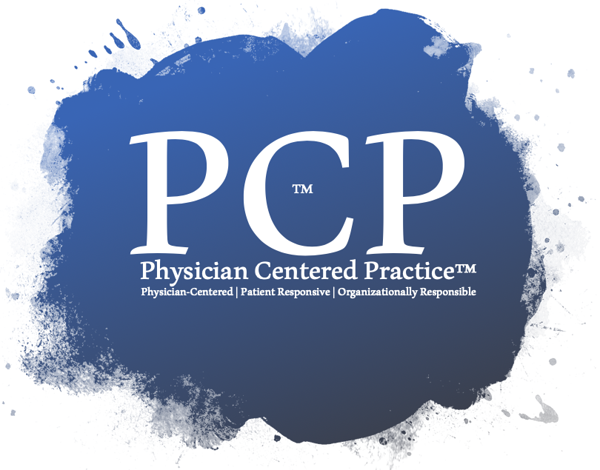The Philosophy of the Happy Physician
For 35 years, I have been providing career and practice advice and counsel to physicians and to organizations employing and working with physicians. My philosophy is quite simple, in a medical practice or healthcare organizational setting, if physicians aren't happy, no-one in the practice or organization will be happy.
Happy physicians exude an environment of patient-centered cooperation, collegiality, and fun that makes every element of the organization from front office patient interactions and direct patient care to back office billing and administrative duties run more smoothly and effectively.
It doesn't matter whether the physicians are employees or contractors, or if you're the physician owner, physicians have the ability, actually the responsibility, to set the tone of the environment - the Corporate Culture, if you will.How do you create the environment,, the culture, that fosters happy physicians? My approach is to treat physicians like they treat their patients. First, it's about realizing their importance and simply offering appropriate respect. But, at a more technical level, it is about collecting and responding to appropriate data.
Just like physicians take a new patient H&P, I collect a body of subjective and objective information from which I build an assessment of best working environments for an individual physician or collectively for a group of physicians. Best environments include types of patients, staffing, office (or surgery) order and flow, interpersonal communications and interactions, career objectives and opportunities, and leadership opportunities and relationships, to name a few key areas of analysis.
With this in hand, we can then work together to make medical practice fun again.
Milestones in creating physician centered practices:
- 1987 Established Product Line practice structure to better coordinate Oncology physicians (product line continues to exist today).
- 1988 Established integrated practice environment for women's diagnostic services.
- 1993 Encouraged physicians to "trade" patients based on preferred practice demographics, clinical focus, patient age, etc...
- 1994 Started early hospitalist program to remove inpatient burden from rural physicians and other desiring outpatient only practice.
- 1995 Established Physician Advisory council to address physician business and administrative concerns in group practice.
- 1996 Started primary care referral practice for fellowship trained women's care specialist.
- 2002 Reorganized specialty practice to off-load administrative duties to non-physician staff and relieve associated practice tensions.
- 2004 Assisted adolescent/pediatric specialist in transition to combined career in medical practice and media (continues in practice today).
- 2006 Helped general surgeon secure a new practice environment based on identified subjective and objective work needs (continues in practice today).
- 2008 advised and supported General Surgeon's transition from traditional medical practice to a more fulfilling Integrative Medical Model (continues in practice today).
- 2011 Worked with international healthcare organization to integrate the Physician Centered Practice model as the basis for medical staff development.
- Today... Continue to advise and counsel physicians, medical practices and healthcare organizations in creating more productive and more effective careers for physicians, both in practice and in executive and nonclinical positions.


